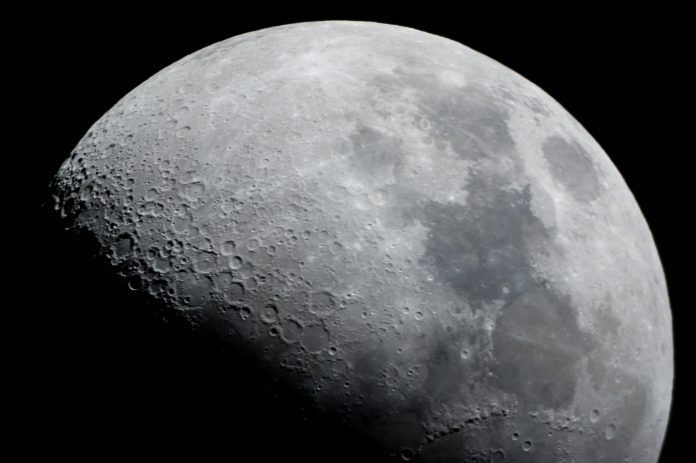Chinese scientists have manufactured an ‘artificial moon’ research facility enabling them replicate low gravity environments
The study will use powerful magnetic fields inside a 2-foot-diameter vacuum chamber to in order to make gravity ‘disappear’.
Li Ruilin, a geotechnical engineer at the China University of Mining and Technology has stated that the chamber is the “first of its kind in the world” and will be used to test technology in prolonged low-gravity environments before being sent to the moon.
Making gravity disappear
Gravity density on the moon is just one-sixth of the earths strength. This research has the capability to allow scientists to test whether certain structures and technology will survive on the moons surface and “assess the viability of a human settlement there” according to Live Science.
Experiments such as creep tests and impact testing will be conducted using this new ‘artificial moon’ simulator. Creep testing measures how much a material will deform under constant high gravity stress and differing temperature which can be vital in the future of space exploration.
Although the chamber is not large enough to train astronauts, this technology is a significant achievement for researchers.
Being able to counteract the earth’s gravity within the chamber to change environmental conditions to that similar to the moon will allow researchers to work out technical vulnerabilities that may arise in the lunar environment, saving money in the long run.
Chang’e
The tests performed in the new chamber will be used to inform Chinas lunar exploration programme Chang’e. Accroding to Live Science, the initiative Chang’e has completed missions such as landing a rover on the far side of the mood in 2019 and retrieved rock samples from the moons surface in 2020.
China has also announced plans to establish a lunar research station on the moon’s south pole by 2029. Along with these plans from China, NASA have also announced its aim to build potential infrastructure on the moons surface and send humans to the moon by 2024.











